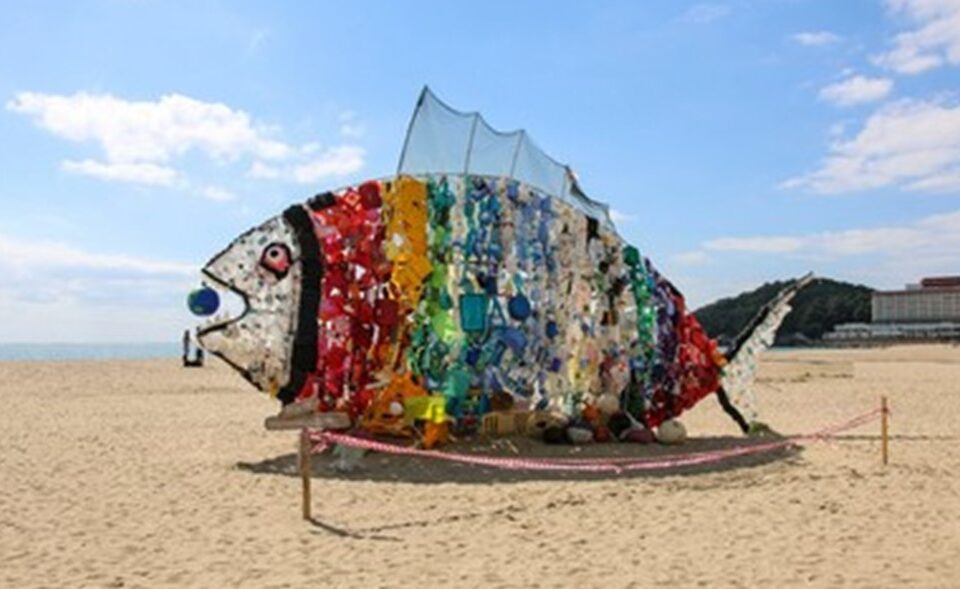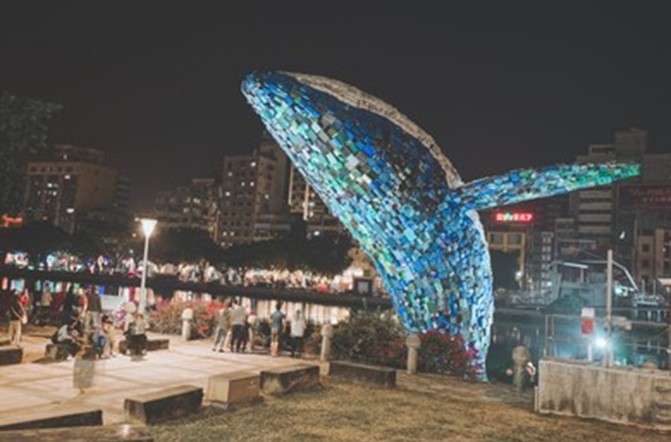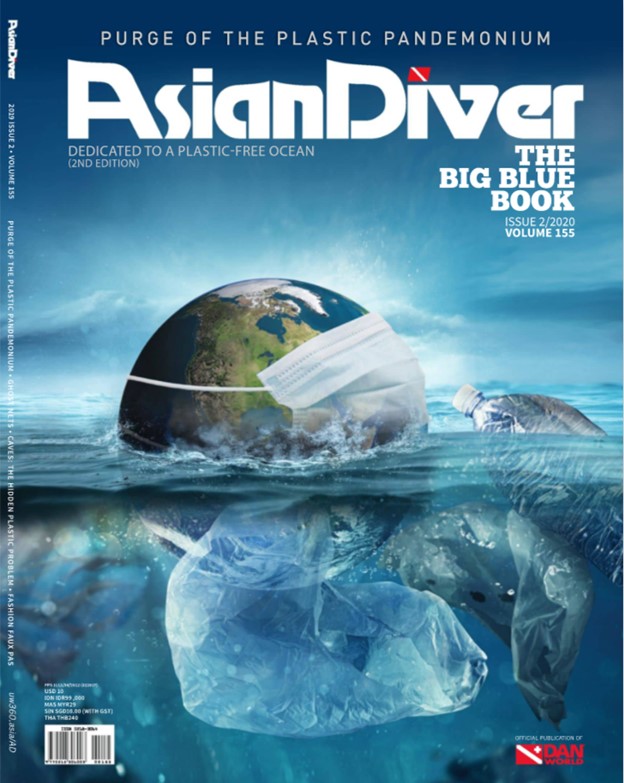A Global Initiative to Mitigate Plastic

Installation created from empty plastic bottles and detergent containers on Haeundae Beach in Busan, South Korea
Let’s explore the distribution of single-use plastic around the world today, and the steps several countries have taken to mitigate their consumption of plastic.
Text credit: Sitaraah Joshi and Nora Ismail
Images credit: Shutterstock
SOUTH KOREA
Population: 51.5 million
Plastic waste: 2 million tonnes per year
South Korea has established strict policies controlling the separation of waste for recycling and has seen huge increases in recycled waste over the last 25 years. In 2019, the government banned all single-use plastic bags in around 11,000 supermarkets across the country. Previously, shops were not allowed to provide free plastic bags, but with the ban in place, only wet products like meat or fish can be carried in plastic bags.
SRI LANKA
Population: 21.3 million
Plastic waste: 2.6 million tonnes per year
In 2018, a ban was imposed on single-use plastic in an effort to make the country’s coastlines pollution free by 2030. The ban focuses on food containers, plates, cutlery and cups made from polystyrene, as well as wrappers made from polyethylene. Additionally, it also cuts down on the import of disposable polystyrene boxes, and polymers of ethylene, styrene and vinyl chloride have been controlled. Minister of Environment Anura Dissanayake emphasised that “Sri Lanka is taking bold action to turn the tide on plastics. We have banned plastic bags and are now working to reduce the number of plastic bottles in the country. We want to be a green and blue beacon of hope in Asia and do everything we can to keep the seas clean.”
PHILIPPINES
Population: 105 million
Plastic waste: 2.6 million tonnes per year
From January 1, 2020, the Philippines is implementing a complete ban on single-use utensils like cups, plates, straws, coffee stirrers, condiment cups, and packets. They will also ban plastic bags (with the exception of plastic bags for fresh and cooked foods in places like wet and dry markets). This includes retail stores such as supermarkets, department stores, and pharmacies, who will all charge for plastic bags. Those violating the ban will be liable to pay 1,000 Pesos (USD19) for the first offense, which will increase to 5,000 pesos (USD98) by the third offense. If there is a second offence, the company will be given a cease-and-desist order. A third offence would lead to its business permit being revoked.

An artwork made from recycled plastic waste in Kaohsiung City, Taiwan
TAIWAN
Population: 23.8 million
Plastic waste: Data not available
The latest initiative by Taiwan to curb plastic waste and pollution after introducing a recycling programme is the total ban on plastic straws. Restaurants will be facing new restrictions from the following year onwards. The new change will force big chain restaurants to cut down on providing plastic straws for in-store uses. This requirement will continue to grow into all forms of dining outlets in 2020. In 2018, around 200,000 tonnes of plastic containers were recycled. According to the Environmental Protection Administration (EPA), consumers will have to pay extra for all straws, plastic shopping bags, disposable utensils and beverage cups from 2025 onwards. A total ban on single-use plastics such as straws, cups and bags is planned to come into force by 2030. The average Taiwanese uses around 700 plastic bags annually. The EPA’s goal is to reduce that number to 100 by 2025 and to zero by 2030.
THAILAND
Population: 69.7 million
Plastic waste: 2 million tonnes per year
Thailand began 2020 by placing a ban on single-use plastic bags at major stores. This will be extended to all retailers by 2021. Currently, over 50,000 tonnes of plastic waste ends up in Thailand’s oceans. There has been greater public awareness in understanding the threats to threats to animals and the environment. According to Greenpeace, Thailand is the world’s sixth-biggest contributor to ocean waste.

This is a snippet of an article from Issue 2 of AsianDiver 2020, which can be purchased here.
For more insightful features and stories like this, subscribe to Asian Diver here.

